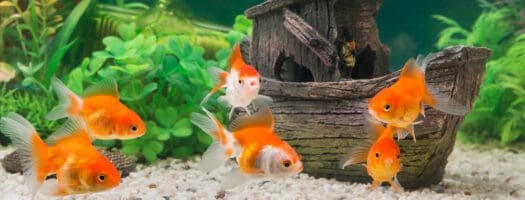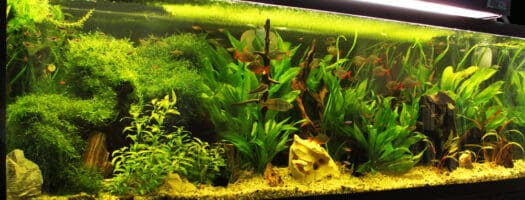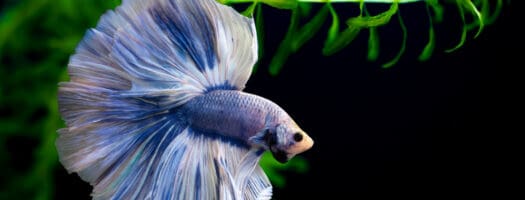How to Get Rid of Brown Algae in a Fish Tank
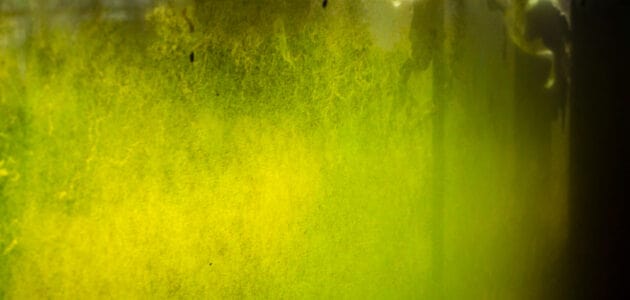
If you’re the proud owner of a fish tank, keeping it clean and safe for its inhabitants is sure to be a top priority. However, all too often, you may wake up in the morning to discover that your once crystal-clear water has become a slimy, brown mess.
This problem is likely the result of brown algae. This unpleasant substance, when allowed to go unchecked, will eventually take over the entire aquarium, so knowing how to get rid of it couldn’t be more important.
If you want to know how to get rid of brown algae in a fish tank, read on and discover some helpful expert advice that will point you in the right direction so that your tank and its occupants can enjoy fresh and clean water in the long-term.
- Did You Know – Brown Algae Isn’t Really an Algae?
- Identifying Brown Algae
- Why Is Brown Algae Forming in My Tank?
- Will Brown Algae Harm My Fish?
- Will Brown Algae Damage My Tank?
- How Can I Remove Brown Algae From My Tank?
- Brown Algae Prevention
- I Still Have a Brown Algae Problem – What Do I Do?
- Resolving Your Brown Algae Issues
Did You Know – Brown Algae Isn’t Really an Algae?
You may be surprised to learn that brown algae aren’t actually algae at all – they’re diatoms. This means that using the removal methods you would use for other common types of algae (such as red or green) won’t work. Diatoms are tiny creatures that are so small that they can’t be seen without the aid of a microscope. When they become interlocked together, though, they create the visible brown sludge that you can see so clearly inside your tank.
Identifying Brown Algae
You can spot brown algae in your fish tank as it forms in brown, clumpy, soft patches. You will find it attached to stable surfaces inside the tank, including the substrate, glass, decorations, and plants. Fortunately, it’s relatively simple to remove its slimy, soft structure by rubbing it lightly with a finger, but this doesn’t get rid of it permanently.
Why Is Brown Algae Forming in My Tank?
Usually, brown algae will appear when maturing and cycling a brand new tank. If you’re a new tank owner, it’s likely that you’ll see brown algae cropping up but, rest assured, the problem will usually resolve itself in a couple of months.
Yet, the issue isn’t only reserved for new tank owners. Brown algae form a natural part of the tank’s ecosystem, but when it grows out of control, it’s possible you’re actually encouraging it to develop. There are several reasons why this may be happening, so read on to find out more.
1. Silicate in the Tank’s Water
Silicates are believed to be the top reason why brown algae get out of control in a fish tank. This is because diatoms love to consume silicates, and a high level of silicates in the tank water will help them to reproduce and thrive.
There are several potential silicate sources in a fish tank, including:
- Well and tap water
- Live sand
- Live rocks
- Salt mix
There is some evidence to suggest that blasting sand, play sand, and other types of sand mixes with a silica base can cause the silicates to be leeched into the tank water.
2. Nitrates Are Present
When there aren’t any silicates left in your fish tank, it’s also possible for brown algae to survive on the nitrates in the tank water. Again, there are several nitrate sources that can be found in your fish tank, including:
- Plant fertilizers
- Well and tap water
- Fish excrement
- Decaying plant matter
- Fish food
3. Phosphates Are Present in the Tank
Phosphates are also known to exacerbate the growth of brown algae in your tank. There are several phosphate sources, which could be causing this problem, but the most commonly seen phosphate source is from waste, which is being broken down inside the aquarium.
Unconsumed fish food, dead algae, decaying plants, fish excrement, dead fish, pH and KH buffers, together with well and tap water, can all contain phosphates. Brown algae don’t mind if the aquarium has a saltwater or freshwater setup – as long as there are plenty of these nutrients, it can thrive.
Is a Lack of Adequate Lighting to Blame?
It’s commonly believed that low levels of light contribute to outbreaks of brown algae. This may not necessarily be the case, though. Since brown algae are not actually algae, but diatoms, it isn’t likely that lighting is a major factor in its appearance. So long as there are silicates in the water, brown algae will grow in either a brightly-lit or dimly-lit tank.
Still, there are many benefits to having adequate lighting in your fish tank. Here’s our guide to the best aquarium lights you can buy.
Will Brown Algae Harm My Fish?
Fortunately, brown algae are harmless to fish, and it certainly won’t kill them or make them ill. Fish aren’t worried about the brown algae in their tank and are happy to swim around even if there is a coating of it on all the tank’s surfaces.
Actually, it’s even possible that brown algae may make your fish even healthier! This is because the diatoms making up brown algae consume carbon dioxide before releasing pure oxygen. This increases the amount of dissolved oxygen in the tank, and every aquarium owner knows just how important oxygenated water is for their fish!
Nevertheless, if your fish appear to be more lively in a tank that has lots of brown algae, this could be a sign the oxygen level in the tank is too low.
Will Brown Algae Damage My Tank?
Although brown algae won’t cause any harm to your fish and their well-being, the same can’t necessarily be said for your tank, especially if it’s a planted tank or reef tank. Brown algae can be harmful to the environment in which your fish live, and if you see a coating of brown algae on your coral or plants, it’s essential not to leave it for too long before addressing the problem.
Although brown algae can’t kill corals and plants by simply coating it, it does block out the sunlight and compete for their essential nutrients, and this can cause your aquarium plants to die.
How Can I Remove Brown Algae From My Tank?
Although brown algae are unsightly, luckily, it’s quite simple to deal with. In fact, in most cases, you’ll find that brown algae will resolve itself without any need for you to get involved. However, if you hate the look of the slime on your tank’s surfaces, there are some steps you can follow to get the issue under control without causing any harm to the tank.
Here is the process that you need to follow carefully.
Firstly, remember to wash your hands thoroughly and take off any jewelry first before putting your hands into the tank. Next, you can wipe away the brown algae from the walls of the aquarium. This will work whether the tank is acrylic or glass. When you do this, make sure to use a smooth single wiping motion, moving from the top of the wall to the bottom.
One of the best ways to accomplish this task is to use a small squeegee to swipe the brown algae away, but if you don’t have one, a simple sponge or cloth will work equally well, as long as you have a steady hand.
Using this technique helps scoops the algae into a clump so that only the smallest amount is able to float off into the tank’s water.
How Do I Remove Brown Algae From the Substrate?
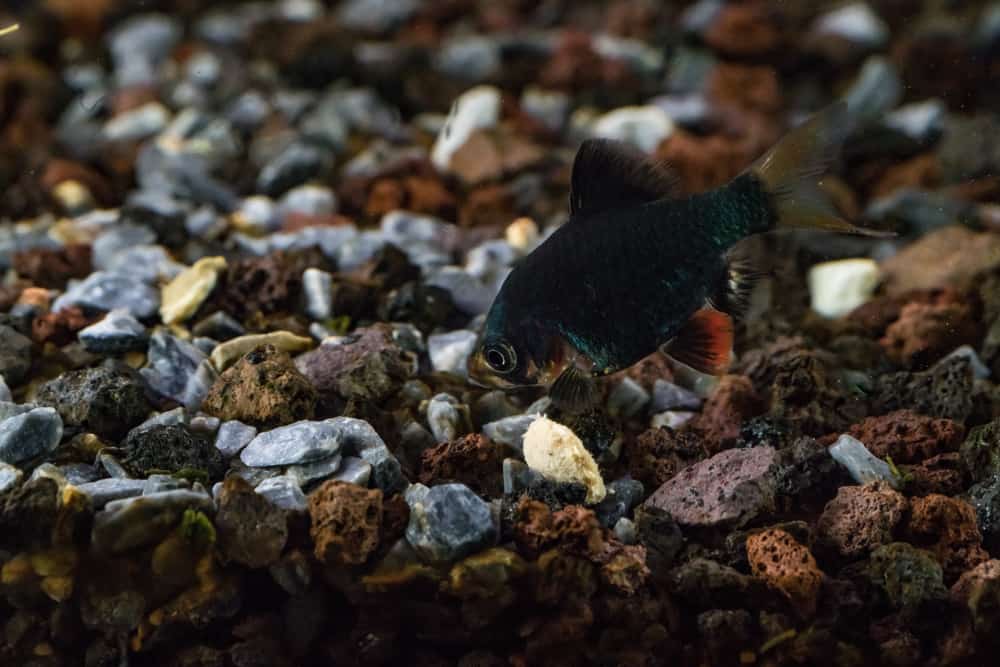
It isn’t enough to just remove the brown algae from the walls of your aquarium. You also need to make sure that it’s all removed from the substrate, too, or it will just continue to proliferate and eventually coat the walls again. The technique you’ll need to use to remove the brown algae from the substrate will depend on the type of substrate you’ve used in your tank, whether it be sand, gravel, or pebbles.
If you use pebbles or gravel as a substrate, you can remove and clean the larger pebbles separately before using a siphon vac to take care of the gravel and smaller pebbles.
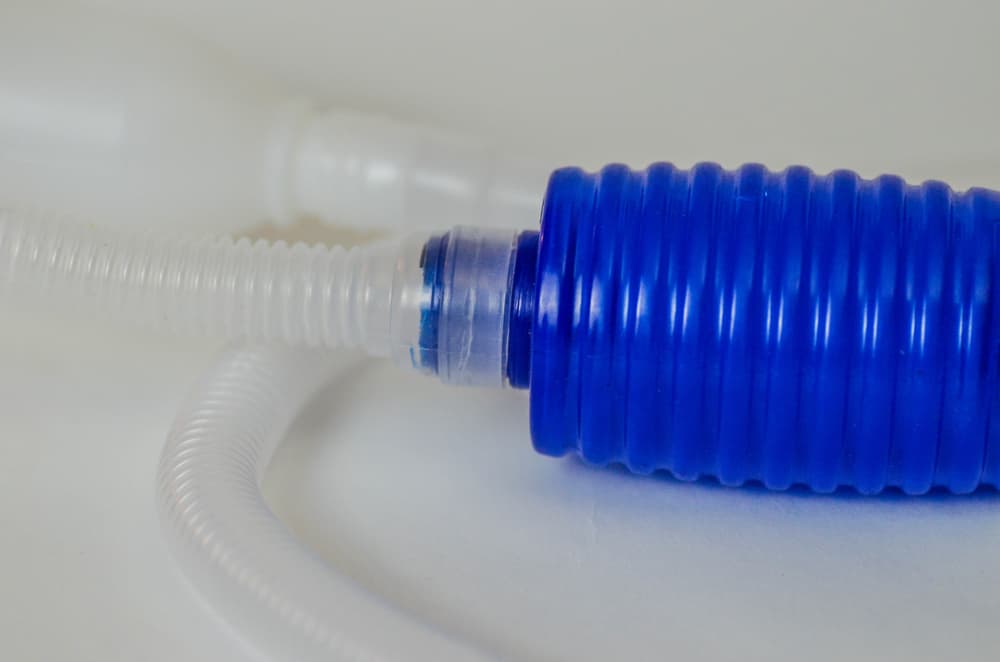
Take care, though, to only vac the gravel’s top layer. If you vacuum below this layer, you could end up removing the tank’s beneficial bacteria and this could actually worsen the brown algae problem. If the brown algae are difficult to remove, take off the pebbles or gravel on the top layer of substrate and separately wash them before you return them to the tank.
If your substrate is made from sand, the brown algae will rest only on its top layer. This makes it easy to remove it. Just take a fish net and run it gently along the sand’s surface to remove the brown algae top film, leaving most of the sand behind. Scoop the brown sludge out of the tank, then repeat until the maximum amount of algae has been removed.
Alternatively, you may wish to try sucking up the sand’s top layer with a siphon vac. Should the slime fail to budge, you can tape a pointy object onto the vac’s tip to help separate the sand from the algae, allowing the vacuum to easily suck it up.
How Can I Remove Brown Algae From Coral and Plants?
If you have a planted or reef tank, you’ll need to find a way of removing the brown algae from the plants and coral as well as from the substrate and the walls. You’ll need to take a lot of care when you do this as these are sensitive objects and need a more gentle touch.
Coral can be cleaned by taking a turkey baster then using it to blow the water over the coral. This allows the brown algae to disperse throughout the water, and it can then be easily picked up by the tank’s filter.
Removing brown algae from plants in your tank can be achieved by wiping down their surfaces gently using a soft sponge. You’ll find the algae lifts off easily and then the filter can deal with the remainder.
How Can I Remove Brown Algae From Ornaments?
If you have decorative rocks, fake plants, and ornaments in your fish tank, you will need to remove them to clean separately before returning them to the aquarium to help ensure that all the brown algae are removed. Here’s how to do it.
- Remove the ornaments from your tank and put them into a solution of bleach made up of a half cup of bleach in a gallon of water (or five tablespoons of bleach in a liter of water).
- Allow the ornaments to soak in the solution for between 10 and 20 minutes.
- After this time, you should then see the algae start to float upwards to the surface of the solution.
- Take the ornaments out of the solution, then use a soft sponge to rub them down thoroughly under running water.
- Rinse them carefully and then return them to the tank.
Brown Algae Prevention
Once all of the brown algae has been removed from the fish tank, it doesn’t mean that it’ll never return. This means you’ll now need to ensure that your tank environment doesn’t encourage it to come back. Follow these steps to make sure your tank doesn’t accidentally promote the proliferation of brown algae.
Ensure Adequate Filtration
Although it seems obvious, many people use the incorrect filter for the tank that they have. Having a suitable filtration setup has a vital role to play in keeping your aquarium healthy, so check out your filter and make sure it’s properly rated for the liter/gallon capacity of your tank.
Ensure the filter is properly functioning and clean too. If you have a problem with nitrates in your tank from uneaten food and dead organisms, you should buy a protein skimmer. This prevents the build-up of algae, helping to keep the water clear.
Keep the Water Moving
Diatoms can’t swim, which is why they coat the walls, substrate, and ornaments in the tank. When the water in the aquarium moves, the diatoms cannot easily clump together or anchor themselves onto the tank’s surfaces. Also, increased water movement ensures the water inside the tank is thoroughly filtered. You can achieve greater water movement by using a current maker or powerhead pump.
Change the Water
This should be part of any fish tank maintenance routine anyway, but the water you’re using could be contributing to your brown algae problem. Both well and tap water may have a high concentration of nutrients, which brown algae thrive on. Therefore, you should use RO (reverse osmosis) water that has already had all impurities removed. Sometimes, this water is also called DI water.
RO water can be purchased in bottles, but it’s also possible to use a reverse osmosis filter system to make it on your own at home.
Avoid Overfeeding
Excess food falls down to the tank’s substrate, and if you don’t take care of it, it rots and releases the nutrients that help brown algae to thrive.
Avoid Silicates
As silicates are a primary contributor to blooms of brown algae, you need to avoid allowing them to enter the tank whenever possible. Each time something new is added to the tank you should check its ingredients to ensure there are no silicates in it. Live sand, silica sand and salt mix can all add to excess silicates in the water, and this can result in a serious brown algae problem.
I Still Have a Brown Algae Problem – What Do I Do?
If you’ve tried all of the above and you still find your tank has a brown algae problem, you’ll need to take more serious action.
One possibility is to use filter media for straining out the food source that the brown algae consume, thus starving it and preventing it from growing. Filter media usually contain aluminum dioxide, which absorbs phosphate and silicate, removing it from the tank water.
Another option is to dose the tank with NO3:PO4-X to reduce nitrates and phosphates. NO3:PO4-X encourages nutrient-reducing bacteria to grow. This is the good bacteria, which exists naturally in the tank and consumes the same sources of food as brown algae to starve it out.
Add Algae Eaters
One further alternative is to introduce creatures and fish to your tank that are known to eat brown algae. It’s important to only try this as a very last resort, though, since adding live creatures to an aquarium to solve algae problems presents its own challenges such as the following.
- Will they be compatible with the other fish in the tank?
- Will they be able to survive in the tank’s ecosystem?
- Will they consume the brown algae or will they consume the fish food?
- What will you feed it on once all of the brown algae is gone?
- How will you look after it?
If you’ve weighed up the pros and cons and are still keen to introduce live creatures that eat brown algae to the aquarium, there are several to pick from. Here are some good starting points depending on your tank setup.
For Freshwater Tanks:
- Amano shrimp
- Nerite snails
- Ramshorn snails
- Bristlenose pleco
- Twig catfish
- Malaysian trumpet snails
- Siamese algae eaters
For Saltwater Tanks:
- Trochus snails
- Blennies
- Emerald crabs
- Kole tangs
- Tangs
Resolving Your Brown Algae Issues
Although brown algae is an irritation, it isn’t something you should be afraid of. After all, it won’t cause any harm to your fish. It’s also fairly simple to remove in most cases, so you should take it as a sign that your tank’s nutrients are imbalanced and need to be corrected.
If you follow the steps suggested here, you should find that your aquarium soon has fresh and clean water once more, and your fish can enjoy a healthy, slime-free environment.
